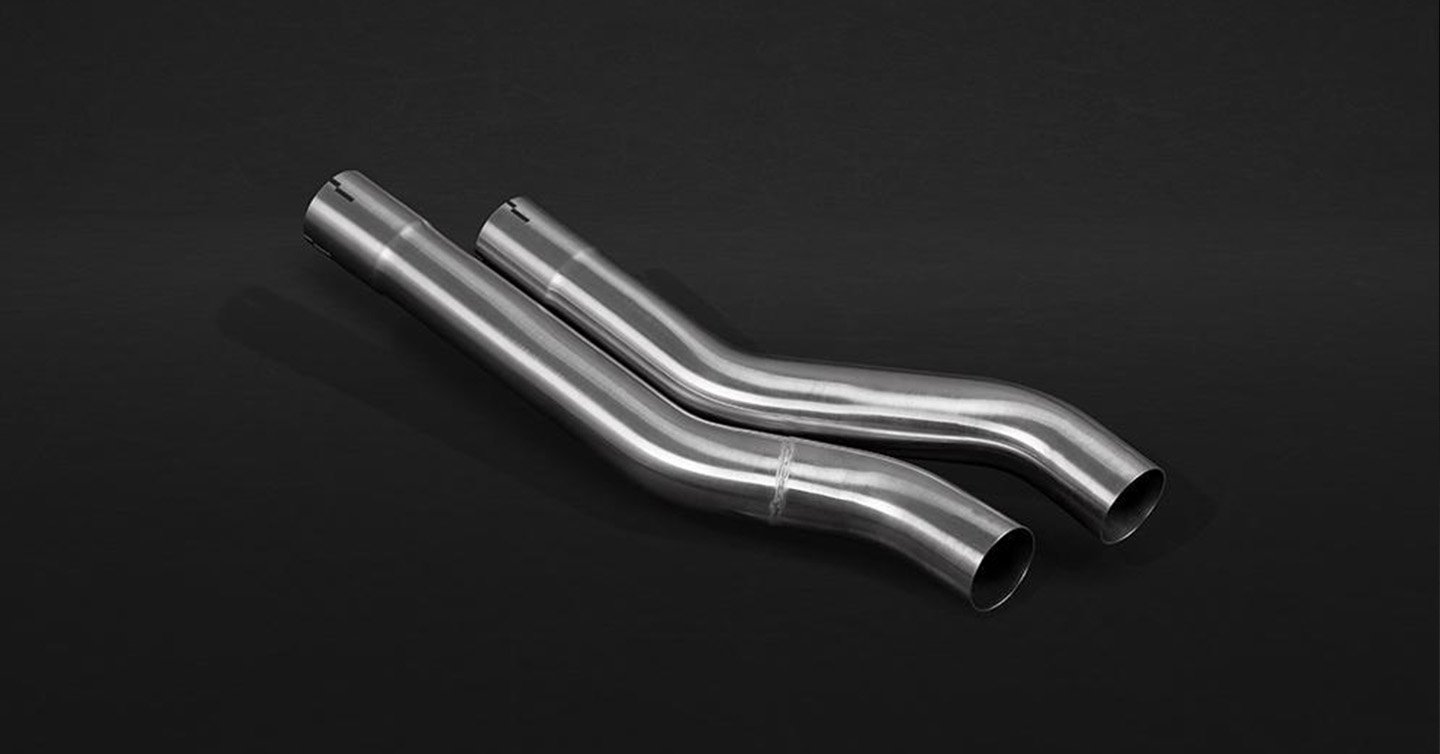
Mandrel Bending: What Is It?
The average car owner might not be familiar with the term “mandrel bending.” That is because only the owners of high-end sports cars, like the Mercedes or Porsche, may be preoccupied with such things.
If you’re interested in upgrading Porsche exhaust systems, for instance, because you want to get the maximum power from your sports car, then you’ll need to learn all about mandrels and what they do.
A Crash Course in Mandrel Bending
Mandrel bending is what happens when you take a steel rod and insert it into bent tubing. It is a way of enforcing or modifying the tube bend so that it does not break or wrinkle at that critical bending point.
A machine called a CNC tube bender is used for this process. The CNC tube bender is the perfect choice for mandrel bending. It can bend thin tubes on a tight radius without producing any punctures or deformities. If you want your vehicle’s exhaust system to function smoothly, this matters a great deal.
When an upmarket sports car such as a Mercedes or Porsche is made, tubes with mandrel bends are one of the integral exhaust system parts that are added. Another is the downpipe. The downpipe is what bolts to the turbine housing to direct exhaust gases through the system.
The Straw Comparison
Another way of thinking about the importance of mandrel bending is by comparing the tubes in your car’s exhaust system to drinking straws. When a straw is straight, you can blow the air right through it. If you bend it at an angle, then it becomes much harder to do so.
This is how you should look at the intake and exhaust system of your vehicle. You need the gases that build up to be able to escape through the pipes.
When mandrel bending is added to a downpipe or exhaust system, the steel can stretch on the outside of the bend, and it can compress where it needs to on the inside. This is what maintains the nominal pipe diameter.
Exhaust gases that build up follow fluid dynamics. You want to maintain exhaust gas velocity while eliminating backpressure. To do so, you need expertly-applied mandrel bending. That’s what allows the heated exhaust gases to escape with a minimum of turbulence.
Other Uses for Mandrel Bending
With supercharged vehicles, the reasons for mandrel bending are obvious. This process is useful in several other contexts, though.
You might look for mandrel bending with intercooler systems, or anywhere air induction is necessary. Different varieties of radiators often make use of mandrel bending as well.
Mandrel bends can be a part of any system where liquids, gases, or chemicals are used. With this type of bending, you always want a combination of precision and accuracy.
Exhaust Systems Where Mandrel Bending is Not Being Used
Vehicle exhaust systems perform a necessary function. The exhaust that vehicles create needs to be vented, or it can easily cause the breakdown of vital parts over time. That can lead to a dangerous situation for the driver and the need for costly repairs.
If you have wrinkles on a bent tube or pipe, it can cause fatigue. This might lead to material failure or cracks. Over time, the wear and tear put on even the highest-performance vehicles might cause a rupture of one of the pipes or tubes making up your exhaust system. This is precisely what mandrel bending is designed to prevent.
Mandrel Bending is Proven to Be Effective
With high-end sports cars like the Porsche, Mercedes, and others, there are extensive tests done on each vehicle before they hit the market. This is certainly true of the muffler and all other components of the exhaust system.
Vehicles are checked exhaustively once they come off the assembly line. The integrity of each pipe or tube that has undergone mandrel bending is a part of that process.
If you want to consider aftermarket performance mufflers, or an upgrade to the exhaust manifold, resonator, tailpipe, or catalytic converter, then that’s never a bad idea. Further modifications can improve performance significantly, and you want to be able to get the best out of your sports car.




